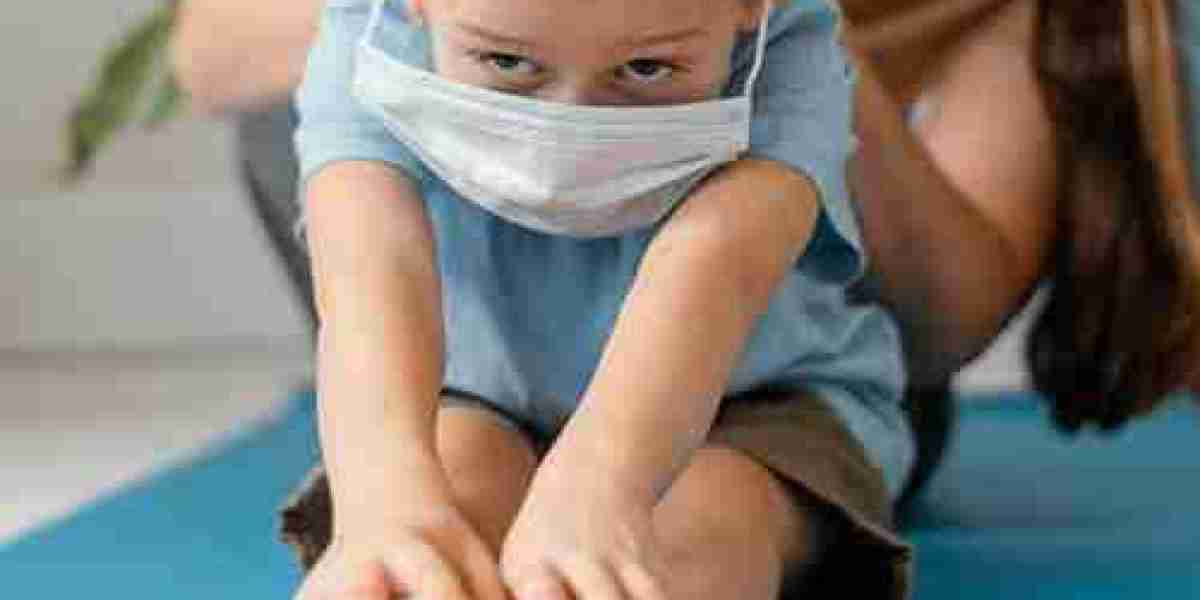Introduction
As parents, we often brush off aches, limps, or changes in movement as "growing pains." But sometimes, these signs may be pointing to something deeper.
Children’s bones and joints are still developing, and certain conditions need early medical attention to avoid long-term complications. Catching issues early can make a big difference in how well your child heals and grows.
This article shares 10 important signs that may suggest your child needs to see a pediatric orthopedic specialist. Think of this as a guide from one parent to another — not to alarm, but to inform.
1. Persistent Limping That Doesn’t Improve
A slight limp after a fall is normal, but if your child limps for days without any improvement, it’s worth investigating.
Limping can signal a joint issue, bone infection, or even a developmental condition. A medical evaluation ensures nothing serious is being missed.
2. Uneven Shoulders, Hips, or Legs
Subtle differences in alignment — one shoulder higher, or one leg appearing longer — can be early signs of scoliosis or other orthopedic conditions.
If you notice your child’s posture shifting or their walk becoming awkward, don’t ignore it.
3. Pain That Wakes Them Up at Night
Nighttime pain is especially concerning when it disrupts your child’s sleep or seems unrelated to daytime activity.
While growing pains are common, deep or persistent pain could signal joint inflammation or bone problems.
4. Trouble Keeping Up With Peers
Children with undiagnosed orthopedic issues may tire quickly during play or struggle to keep pace with other kids.
Watch for signs of fatigue, clumsiness, or hesitation during physical activity. It may be more than just a lack of stamina.
5. Frequent Trips or Falls While Walking
If your child often loses balance, drags one foot, or seems unusually clumsy, it may not just be coordination.
Structural foot problems, muscle weakness, or hip issues could be the root cause. A visit to a children ortho hospital can provide clarity.
6. Visible Deformities in Limbs or Joints
Sometimes a bend in the leg, a rotated foot, or bowed knees is obvious even to the untrained eye.
Though some of these are normal in certain age groups, persistent or worsening deformities should be checked by a specialist.
7. Delayed Walking or Movement Milestones
Every child develops at their own pace, but significant delays in walking or standing can be red flags.
If your toddler isn’t walking by 18 months or seems reluctant to bear weight, it’s worth a closer look.
8. Limited Range of Motion in Joints
Children should be able to move freely — if you notice stiffness, pain on movement, or difficulty with certain positions, don’t wait.
This could indicate juvenile arthritis, hip dysplasia, or other conditions that benefit from early treatment.
9. Swelling or Redness Around a Joint
Swollen joints that feel warm to the touch may indicate inflammation, injury, or infection.
Even without a known injury, joint swelling in children should always be evaluated by a specialist.
10. Complaints of Pain Without Obvious Cause
If your child frequently mentions pain in their legs, arms, or back without a clear reason, listen closely.
Recurring, unexplained pain should never be dismissed, especially if it impacts daily life or mood.
What to Look for in a Pediatric Orthopedic Hospital
If you’re considering a visit to a specialist, it helps to know what to look for in a children ortho hospital. Here are a few parent-tested pointers:
- Child-Centered Approach
Look for hospitals that create a welcoming, non-intimidating atmosphere for children. - Specialized Pediatric Team
Ensure the doctors are not just orthopedic experts but trained specifically in pediatric care. - Advanced Diagnostic Tools
Access to pediatric-friendly imaging and diagnostic tools leads to more accurate, less stressful evaluations. - Rehabilitation Services
Physical therapy designed for children ensures a smoother recovery and better long-term outcomes. - Proven Track Record
Read reviews, ask for success stories, and choose facilities known for their outcomes in pediatric orthopedics. - Supportive Environment
Family involvement and emotional support are crucial — choose hospitals that involve parents in care decisions. - Accessible Follow-Up Care
Ongoing care matters. Look for a hospital with structured follow-up and clear communication.
The Role of the Right Specialist
Choosing the right professional matters just as much as the hospital itself. The best pediatric orthopedic surgeon in Chennai will combine technical skill with the patience and gentleness needed to care for young patients.
Ask questions, trust your instincts, and never hesitate to seek a second opinion if you feel unsure.
Conclusion
As parents, we want our children to grow strong and stay active. But when something doesn’t seem right — a limp, a delay, a pain that won’t go away — trust that inner voice.
Early orthopedic evaluation can make a world of difference in preventing lifelong issues and helping your child thrive. If you’ve seen any of the signs above, it might be time to explore expert care from a dedicated children ortho hospital.
At Soundarapandian Bone and Joint Hospital, we are committed to providing world-class healthcare with the warmth and compassion of a family-run institution. Guided by a tradition of care, our highly skilled Orthopaedic surgeons and our dedicated team work together to ensure that every patient receives personalised treatment. We combine the latest in cutting-edge technology with a deep sense of empathy and ethics, striving for excellence in orthopaedics while fostering a welcoming, supportive environment for all.




